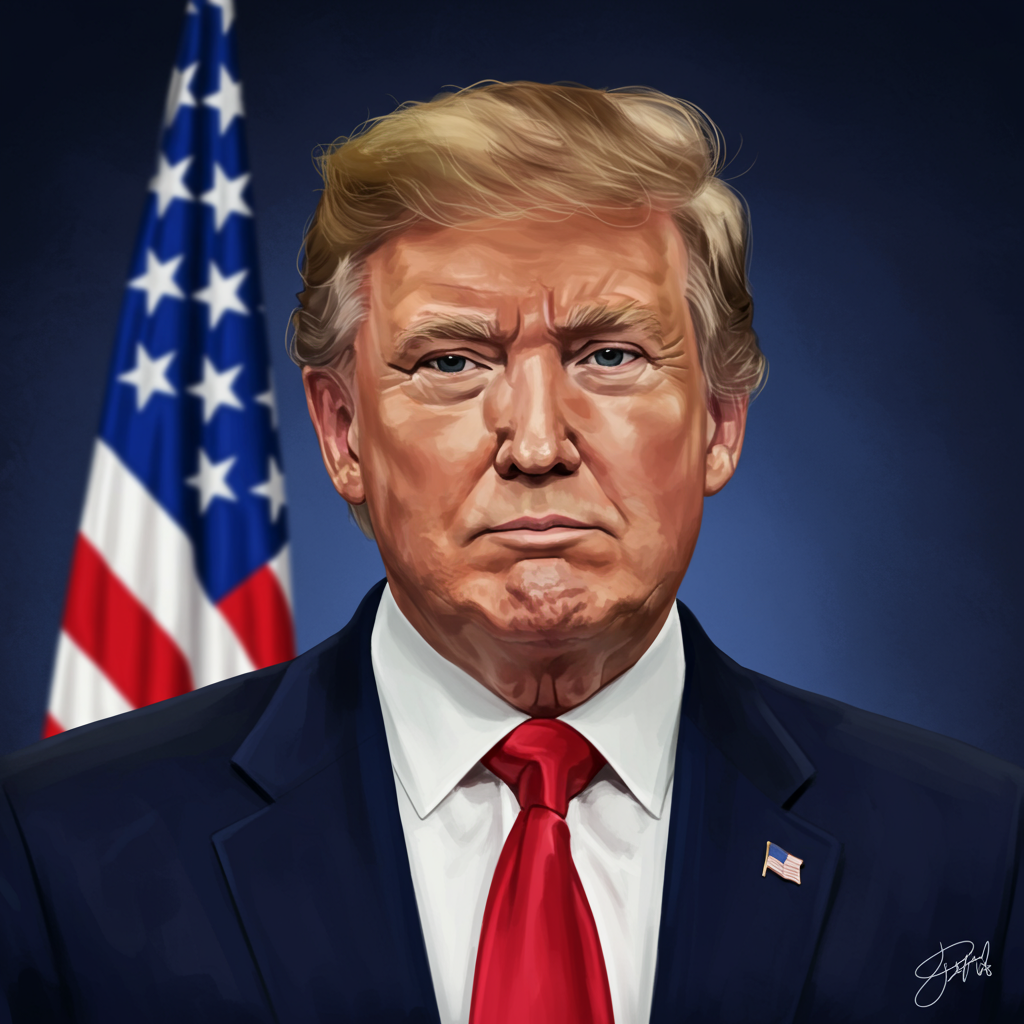Khamenei, Trump Spar After US Strikes on Iran Nuclear Sites
Tensions flared between Iran’s Supreme Leader Ayatollah Ali Khamenei and former U.S. President Donald Trump in the days following significant American strikes on Iranian nuclear facilities. The heated exchange unfolded amid a fragile ceasefire between Iran and Israel and reports of a widening security crackdown inside Iran.
The public spat reignited when Khamenei took to social media (specifically, a post on X) to sharply criticize Trump’s previous demand for Iran’s “unconditional surrender.” Khamenei dismissed the statement as “too big to come out of the U.S. president’s mouth,” seeking to project strength despite the recent military actions against his country.
Trump’s Demands and Threats Preceded Strikes
Just days before the U.S. military carried out strikes targeting Iran’s nuclear program, Trump had issued stern warnings on Truth Social. He demanded Tehran’s “unconditional surrender” and asserted the U.S. held “complete and total control of the skies over Iran.”
In a provocative move, Trump also directly addressed Khamenei, claiming knowledge of his whereabouts. “We know exactly where the so-called ‘Supreme Leader’ is hiding,” Trump wrote, adding that while he was an “easy target,” the U.S. would not take him out “at least not for now.” He linked this restraint to wanting to avoid attacks on civilians and American soldiers, stating U.S. patience was “wearing thin.”
“Operation Midnight Hammer” Targets Nuclear Facilities
Following a period of intense Israeli strikes on Iranian infrastructure, the U.S. launched its own operation, dubbed “Operation Midnight Hammer,” targeting key Iranian nuclear sites. On June 21, 2025, American forces struck facilities at Fordow, Natanz, and Esfahan.
According to statements from the Trump administration, the operation was executed “perfectly,” aiming for the “destruction of Iran’s nuclear enrichment capacity.” White House Deputy Press Secretary Anna Kelly stated the strikes resulted in the “obliterat[ion]” of Iran’s nuclear capabilities and were instrumental in bringing about a ceasefire. Trump himself hailed the strikes as a “spectacular military success” that set the program back by “decades,” claiming no other military could have achieved it. CIA chief John Ratcliffe supported a severe assessment, suggesting damage requiring “years” to rebuild, a view echoed by some Israeli officials who claimed an “historic victory.”
Conflicting Accounts on Strike Effectiveness
Despite the Trump administration’s definitive claims of obliteration and a significant setback, the actual extent of the damage became a point of contention and conflicting reports.
Leaked Intelligence: A classified U.S. intelligence assessment, widely reported, offered a starkly different view, concluding the strikes only set back Iran’s nuclear program by a matter of “months at most.” This assessment reportedly raised concerns that key components were not destroyed, and enriched uranium stockpiles might have been moved prior to the attacks.
Iranian Admissions: Adding to the conflicting picture, Iran’s foreign ministry spokesman later admitted the nuclear facilities were “badly damaged,” contradicting the Supreme Leader’s public downplaying of the impact.
- Israeli Assessment: The Israeli military acknowledged a “significant” blow but maintained it was “still early” to fully assess the damage, while Israeli Prime Minister Netanyahu warned of renewed action if Iran attempted to rebuild its program.
- www.foxnews.com
- timesofindia.indiatimes.com
- nypost.com
- www.freemalaysiatoday.com
- www.dailymail.co.uk
Khamenei, in his first public statements following the ceasefire, attempted to control the narrative. He declared Iran’s “victory” and vowed never to surrender to the U.S., claiming Washington gained “nothing” from the war and that the strikes did “nothing significant” to Iran’s nuclear sites. He dismissed Trump’s actions and rhetoric as mere “showmanship” and reiterated Iran’s claim of delivering a “severe slap to the face of America” with earlier missile responses. Khamenei framed Iran’s nuclear and missile programs as pretexts used by the West to demand Iran’s surrender, asserting the nation would not capitulate.
Internal Crackdown and Lingering Tensions
In the wake of the strikes and ceasefire, reports emerged of Supreme Leader Khamenei being in hiding, with his family reportedly under guard. Simultaneously, Iran is said to be undertaking an internal security crackdown. Human rights groups like HRANA reported mass arrests on “political or security-related charges,” including allegations of espionage for Israel. Some reports even detailed executions linked to these allegations. This crackdown appears to have dampened hopes for significant regime change following the damage to the nuclear program.
While there have been mentions of potential future talks between the U.S. and Iran, the deep distrust, conflicting narratives surrounding the strikes’ impact, and internal Iranian dynamics underscore the significant challenges ahead for de-escalation or diplomatic resolution. Both sides continue to issue warnings, with Iran potentially considering relocating nuclear activities or suspending cooperation with international monitors, while the U.S. maintains the threat of further action. The public sparring between Khamenei and Trump highlights the ongoing tension and the divergent interpretations of recent events.



